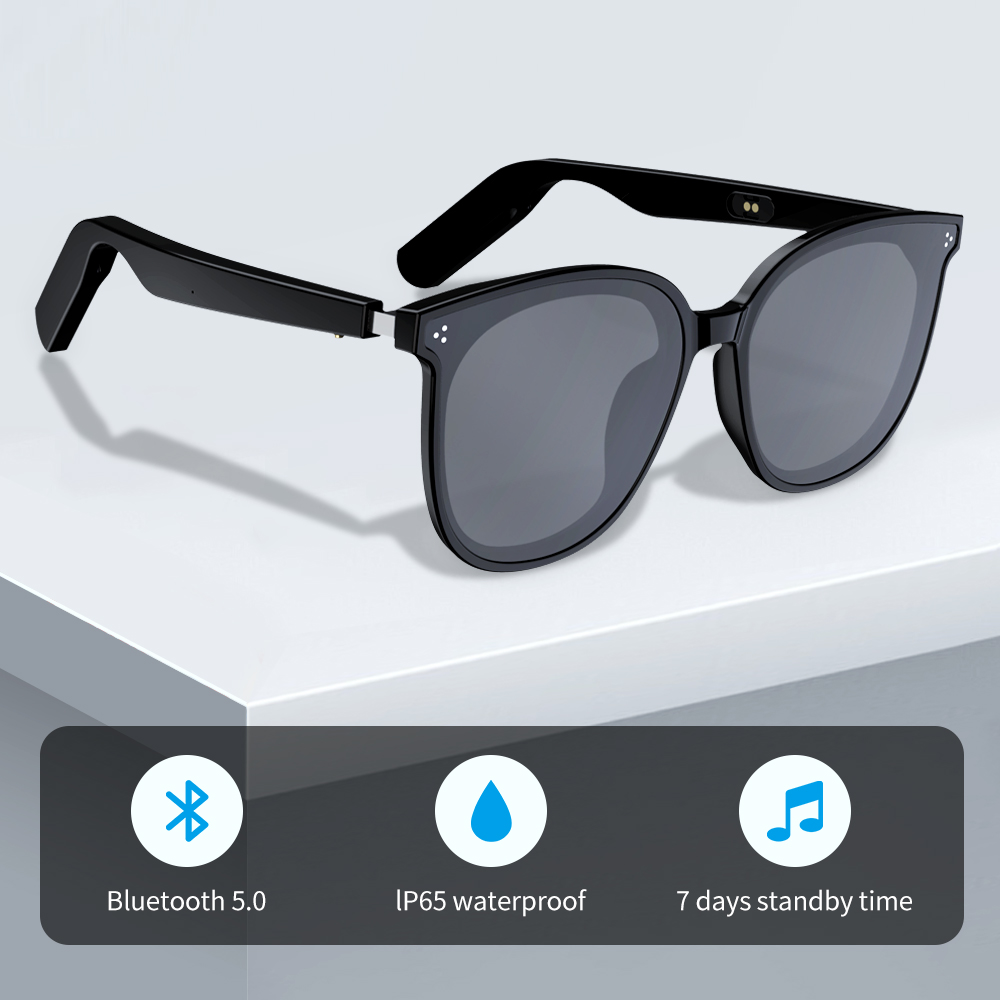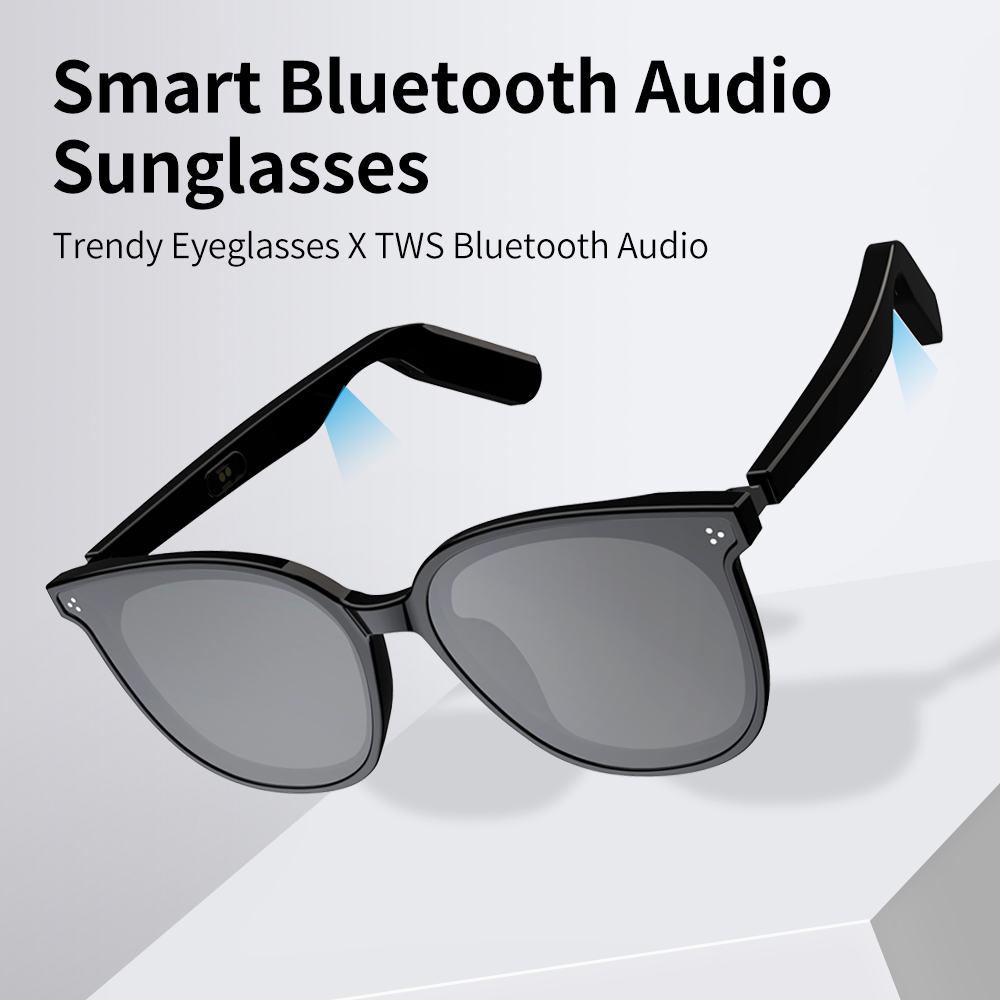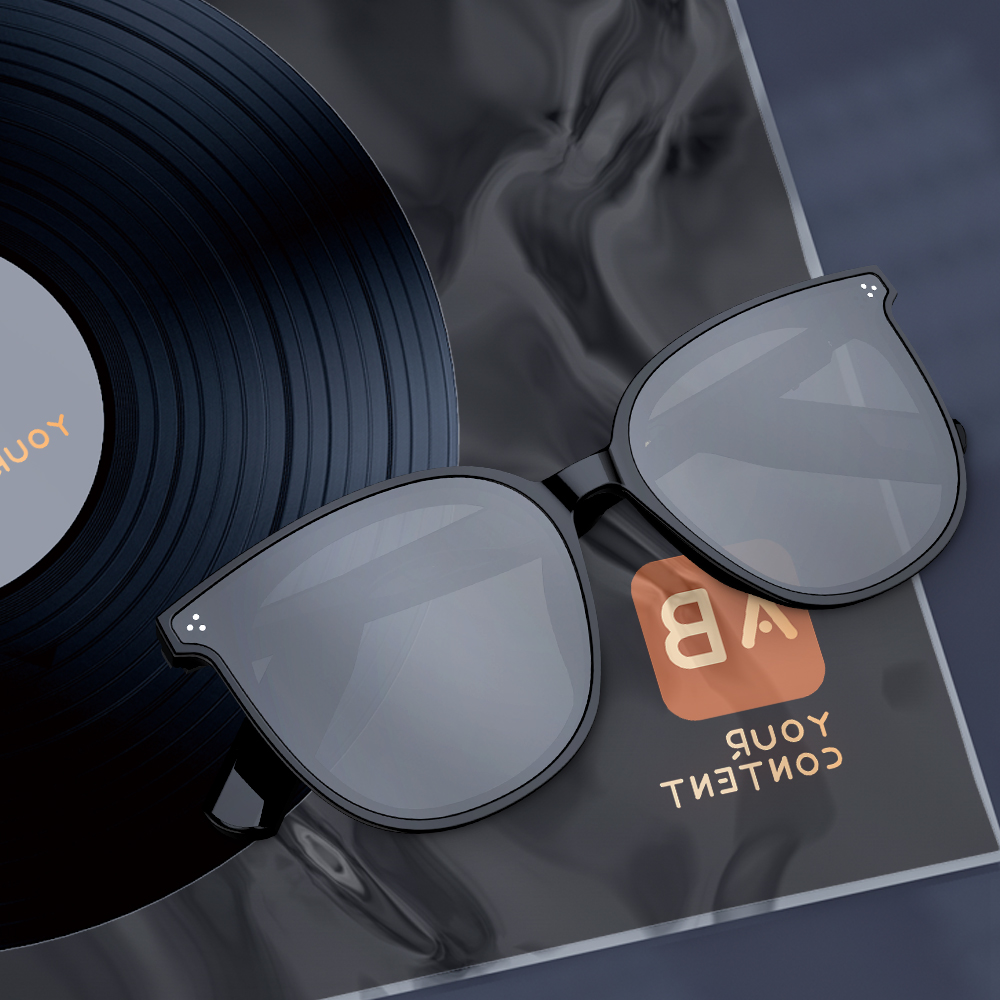- Select Language
Smartglasses are no longer a niche product—they're rapidly becoming mainstream for fitness, work, AR entertainment, and AI-assisted wear. With more brands entering the market in 2025, understanding price ranges and future trends is crucial for making informed budget decisions.

1. Current Smartglasses Price Range (2025)
Smartglasses pricing varies depending on features, display technology, and brand positioning. Here's the breakdown:
1.1 Entry-Level ($80-$200)
Features:
Open Bluetooth audio
Basic call/music controls
UV-resistant lenses, limited smart features
Examples:
Lenovo Lecoo Smart Audio Glasses (approximately $99)
Generic Bluetooth sunglasses (sporty)
Target users:
Average users, first-time buyers, outdoor enthusiasts
1.2 Mid-Range ($200-$500)
Features:
AI voice assistant (supports Google/Meta/Alexa)
Built-in camera (5-12 MP) for fast photo/video capture
Better sound quality and longer battery life (6-8 hours)
Examples:
Ray-Ban Meta Wayfarer (approximately $329)
Solos AirGo 3 (approximately $249)
Target users:
Commuters, content creators, frequent travelers
1.3 Premium ($500-$1000)
Features:
AR Display (OLED/Micro-OLED, 60-120 Hz)
Spatial audio, real-time translation, advanced gesture control
Lightweight materials (titanium, carbon fiber)
Examples:
Xreal Air 2 Pro (approximately $599)
Viture Luma Pro (approximately $699)
Target users:

Gamers, professionals requiring virtual displays, tech enthusiasts
1.4 High-end Enterprise/Developer (>$1000)
Features:
Full AR/VR functionality, 6DoF tracking
Enterprise software integration (logistics, healthcare, manufacturing)
Extended battery pack and modular add-ons
Examples:
Microsoft HoloLens 2 (approximately $3500)
Magic Leap 2 (approximately $3299)
Target users:
Industrial applications, developers, research labs
2. Factors Affecting Smartglasses Pricing
1. Display Technology – AR-enabled models (Micro-OLED, waveguide optics) are significantly more expensive than audio-only models. 2. Battery and Performance – Larger batteries, multi-core processors, and 5G modules increase costs.
3. Build Quality and Design – High-end frames (carbon fiber, titanium) command higher prices due to their comfort and durability.
4. Brand and Ecosystem – Apple, Meta, and Xreal models are generally more expensive but offer seamless app ecosystems and updates.
5. Target Market – Consumer vs. Enterprise; Enterprise models come bundled with software and support.
3. Future Market Trends (2025-2030)
3.1 Rapid Market Growth
Global Market Size: Expected to grow from $14 billion in 2024 to $46 billion in 2030 (a CAGR of approximately 22%).
Driving Factors: AI integration, lightweight design, and hybrid AR/AI glasses suitable for everyday use.
3.2 Price Compression
By 2026, the price of entry-level AI audio glasses will drop below $100, expanding accessibility to mass consumers.
3.3 AR/AI Convergence
Expect more models like the Ray-Ban Meta and Xreal Air Pro, integrating voice AI and AR display into compact devices.
3.4 Industry Applications
Healthcare, warehousing, and travel are leading enterprise applications, driving the development of specialized, high-margin products.
3.5 Fashion and Customization
Partnerships with eyewear brands (Ray-Ban, Oakley) will dominate, offering prescription-compatible frames and modular designs.

4. Buyer Budget Tips
1. Clarify the use case – audio/music only? AR display for work? or content creation?
2. Balance price and features – Mid-range models (approximately $250 to $500) currently offer the best value for everyday consumers. 3. Pay attention to the bundle – charging cases and lens upgrades can add an additional $50 to $100.
4. Consider longevity – prioritize brands with active software updates and a broad app ecosystem.
5. Plan for upgrades – expect major innovations every 18-24 months; avoid overspending on features you won't use.
Conclusion
Smartglasses are evolving from niche technology to mainstream lifestyle and enterprise tools. With prices ranging from $80 to over $3,000, choosing the right model depends on your budget, intended use, and future needs.